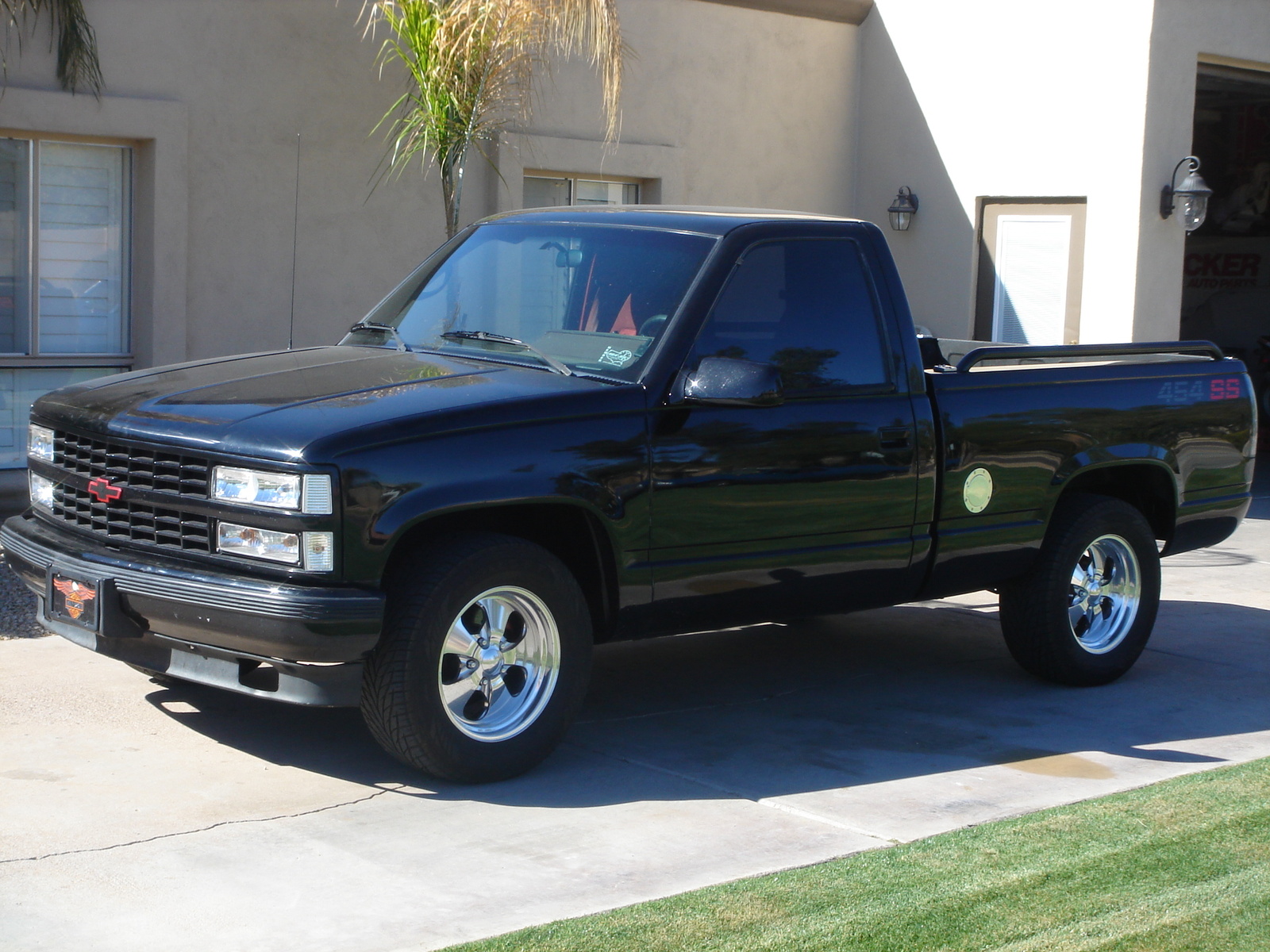Originally Posted By: CKN
Originally Posted By: Burt
Making reliable cars is all about doing the same thing over and over again, using well proven technology. I went from a 2010 BMW to a 2011 Lexus and was amazed that the Lexus was a generation or two behind BMW in navigation, back-up camera, etc. At the time Lexus had virtually no cars with turbos and no whiz-bang surprise and delight features. It's just dead on reliable.
The 'tricks' that manufacturers use to improve performance and mpg generally lead to problems down the road. Remember when cars first came out with turbos? My Windstar had nifty vacuum actuated tuned intake manifold runners that greatly increased HP, but the diaphragms in the actuator rotten by 150,000 miles by which time the screws holding them had fused into the intake manifold necessitating a $1,000 repair. Eventually they replaced the vacuum diagrams with electronic buggers.
They ain't putting in a turbocharger that spins at 120,000 rpm and handles 1200 degree exhaust gas to improve reliability. Same goes for most new technology.
Are you a auto engineer?
Originally Posted By: CKN
Originally Posted By: Burt
Making reliable cars is all about doing the same thing over and over again, using well proven technology. I went from a 2010 BMW to a 2011 Lexus and was amazed that the Lexus was a generation or two behind BMW in navigation, back-up camera, etc. At the time Lexus had virtually no cars with turbos and no whiz-bang surprise and delight features. It's just dead on reliable.
The 'tricks' that manufacturers use to improve performance and mpg generally lead to problems down the road. Remember when cars first came out with turbos? My Windstar had nifty vacuum actuated tuned intake manifold runners that greatly increased HP, but the diaphragms in the actuator rotten by 150,000 miles by which time the screws holding them had fused into the intake manifold necessitating a $1,000 repair. Eventually they replaced the vacuum diagrams with electronic buggers.
They ain't putting in a turbocharger that spins at 120,000 rpm and handles 1200 degree exhaust gas to improve reliability. Same goes for most new technology.
Are you a auto engineer?
No but I play one on TV.
Actually I am have a BSME but worked in fluid flow and thermodynamic areas.
Originally Posted By: Burt
Making reliable cars is all about doing the same thing over and over again, using well proven technology. I went from a 2010 BMW to a 2011 Lexus and was amazed that the Lexus was a generation or two behind BMW in navigation, back-up camera, etc. At the time Lexus had virtually no cars with turbos and no whiz-bang surprise and delight features. It's just dead on reliable.
The 'tricks' that manufacturers use to improve performance and mpg generally lead to problems down the road. Remember when cars first came out with turbos? My Windstar had nifty vacuum actuated tuned intake manifold runners that greatly increased HP, but the diaphragms in the actuator rotten by 150,000 miles by which time the screws holding them had fused into the intake manifold necessitating a $1,000 repair. Eventually they replaced the vacuum diagrams with electronic buggers.
They ain't putting in a turbocharger that spins at 120,000 rpm and handles 1200 degree exhaust gas to improve reliability. Same goes for most new technology.
Are you a auto engineer?
Originally Posted By: CKN
Originally Posted By: Burt
Making reliable cars is all about doing the same thing over and over again, using well proven technology. I went from a 2010 BMW to a 2011 Lexus and was amazed that the Lexus was a generation or two behind BMW in navigation, back-up camera, etc. At the time Lexus had virtually no cars with turbos and no whiz-bang surprise and delight features. It's just dead on reliable.
The 'tricks' that manufacturers use to improve performance and mpg generally lead to problems down the road. Remember when cars first came out with turbos? My Windstar had nifty vacuum actuated tuned intake manifold runners that greatly increased HP, but the diaphragms in the actuator rotten by 150,000 miles by which time the screws holding them had fused into the intake manifold necessitating a $1,000 repair. Eventually they replaced the vacuum diagrams with electronic buggers.
They ain't putting in a turbocharger that spins at 120,000 rpm and handles 1200 degree exhaust gas to improve reliability. Same goes for most new technology.
Are you a auto engineer?
No but I play one on TV.
Actually I am have a BSME but worked in fluid flow and thermodynamic areas.







